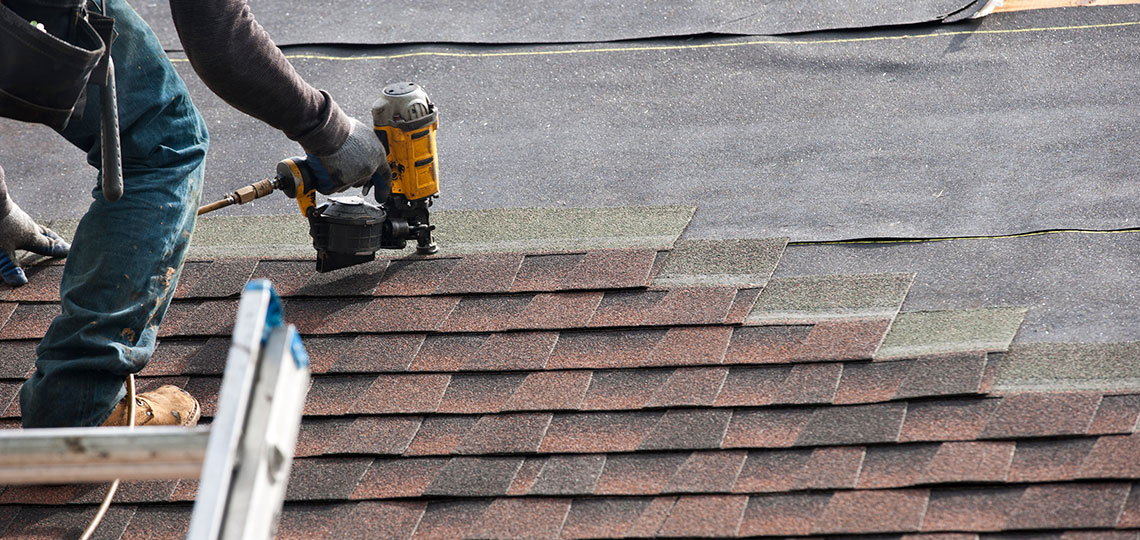Ideal Practices for Ensuring Correct Roofing Air Flow
Making sure correct roof covering air flow is important for the long life and performance of a roofing system. A well balanced consumption and exhaust air vent ratio, generally 1:300, plays a pivotal duty, with consumption vents preferably placed at the lower side of the roofing system for cool air entry and exhaust vents at the top for cozy air departure. Routine examinations to identify obstructions and preserve clear air movement are paramount. Maintaining insulation away from vents is essential to protect against air movement constraint. Recognizing these foundational components establishes the stage for more in-depth insights into setup and upkeep methods that can considerably enhance your roof system's performance.
Understand Air Flow Fundamentals
Properly recognizing ventilation essentials is important for guaranteeing the longevity and effectiveness of roofing systems. Reliable ventilation reduces dampness build-up and temperature level extremes in the attic, both of which can cause substantial structural damage over time. A well-ventilated roof helps in stopping usual issues such as mold development, timber rot, and ice dams, which can jeopardize the stability of the roof covering products and the underlying structures.
The key goal of air flow is to help with the activity of air, permitting for a regular exchange between the outdoor and indoor atmospheres. This balance is accomplished through a combination of intake and exhaust vents that collaborate to maintain optimum airflow. Intake vents, usually situated along the soffits or eaves, allow fresh air to get in the attic space, while exhaust vents, typically situated at or near the roofing system ridge, make it possible for warm, damp air to get away.
Key factors influencing the performance of roof covering ventilation consist of correct positioning, ample sizing, and making certain that both consumption and exhaust vents are unobstructed. Routine inspection and upkeep are important to identify prospective blockages, damages, or inefficiencies in the ventilation system, therefore protecting the roof's efficiency and durability.
Kinds Of Roofing Vents
Roof covering vents play an important role in keeping efficient attic room air flow and, by extension, the overall health of the roofing system. Numerous types of roof vents are available, each with special advantages customized to certain roof requirements.

Soffit vents are mounted under the eaves and work in tandem with roofing system vents to make sure a balanced intake and exhaust system. By allowing cooler air to get in from below, soffit vents facilitate the expulsion of warm air via top vents. Gable vents, situated on the exterior wall surfaces of the attic, offer one more reliable solution, especially in homes with gable roofings.
Assess Your Present Air Flow

Next, think about the age and condition of your roof covering products and ventilation elements. Older systems might not follow existing structure codes or may have degraded over time, reducing their performance. Conduct a comprehensive examination to recognize any type of signs of wear and tear, such as rust, damage, or gaps that might compromise the system's efficiency.
In addition, gauge the attic room temperature level and moisture levels. High temperature levels and humidity can show poor air flow - roofing companies in gainesville florida. Make use of a hygrometer and thermometer to get precise readings, contrasting them with outside problems. Relentless disparities recommend potential problems that require resolving.
Setup Best Practices
Effective installation of roof covering air flow systems is vital for making certain optimum performance and durability. Appropriate setup begins with understanding the particular air flow demands of the structure and the roof covering it covers. This includes determining the correct ratio of intake to exhaust vents, usually sticking to the 1:300 rule, which stipulates one square foot of ventilation for every single 300 square feet of attic flooring area.

Intake vents must be installed at the roof's reduced side, typically in the soffits, to enable awesome air to get in. Exhaust vents, on the various other hand, should be more info here set up near or at the roof covering's optimal to promote the exit of cozy, moist air.
Seal all vent links carefully to stop air leakages and possible water infiltration. Usage high-quality products and follow supplier standards to ensure sturdiness and find more info effectiveness. Additionally, integrating ridge vents with baffles can significantly enhance air movement efficiency by preventing wind-driven rain and snow from entering the attic room.
Eventually, exact installment of roof air flow systems mitigates potential issues such as mold growth, ice dams, and structural damage, making certain the roof covering's integrity and the structure's overall health and wellness.
Normal Maintenance Tips
Uniformity in maintenance practices is essential to ensuring the long-term effectiveness of roof ventilation systems. During these examinations, make sure that vents are cost-free of particles, nests, and other obstructions that could restrain air movement.
Make use of a soft brush or a vacuum cleaner to remove dirt and particles from consumption and exhaust vents. Be careful not to harm the vent displays or louvers throughout the process.
Proper insulation is just as crucial. Ensure that attic insulation does not obstruct the vents, as this can severely restrict air movement. If any type of insulation has moved or resolved, reposition or replace it to maintain a reliable barrier.
Finally, replace any damaged or missing out on elements quickly. Broken vents, cracked shingles, or worn-out blinking can all add to poor ventilation and must be addressed right away. Routine maintenance ensures that the roof ventilation system works ideally, thereby prolonging the life-span of the roof covering itself.
Conclusion
Making sure appropriate anonymous roof covering air flow is paramount for preserving the effectiveness and durability of a roofing system. Adherence to the 1:300 intake and exhaust vent proportion, coupled with the critical positioning of vents, is important. Routine semiannual assessments, debris cleaning, and making certain insulation does not block air movement are important techniques. Carrying out these finest techniques will foster a well-ventilated roof system, therefore minimizing possible concerns connected to moisture buildup and extreme warmth, inevitably prolonging the roof covering's life-span.
A balanced consumption and exhaust vent ratio, generally 1:300, plays a crucial role, with intake vents ideally placed at the reduced side of the roof for amazing air entry and exhaust vents at the top for warm air exit. Consumption vents, usually located along the soffits or eaves, allow fresh air to go into the attic room space, while exhaust vents, frequently located at or near the roof covering ridge, enable hot, damp air to leave.
Soffit vents are mounted under the eaves and job in tandem with roof covering vents to guarantee a balanced consumption and exhaust system. By allowing cooler air to get in from below, soffit vents assist in the expulsion of warm air with top vents. Adherence to the 1:300 consumption and exhaust vent proportion, paired with the calculated positioning of vents, is essential.